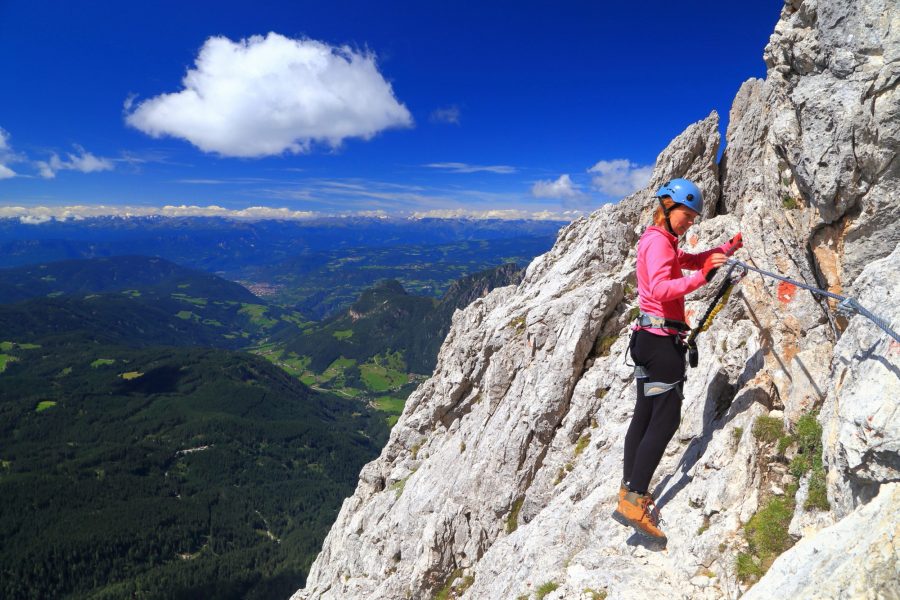One of the most favourite ideas of travelling is Mountain climbing. However, in mountain climbing’s goal is not just reaching the peak of the mountain but also being safe. One thing you should keep in your that going home to be with your beloved family is the most important thing.
There some aspects that must be carefully prepared by climbers for have a safe and smooth climbing. Planning for climbing? You should consider these following five safe tips on mountain climbing.
1. Physical and Mental Preparation
Mountain climbing is an exhausting activity. Sometimes, the weather on the mountain is uncertain. Therefore, physical and mental preparation is very important to deal with unexpected circumstances.
Physical preparation can be conducted through regular exercise as your limbs will get used to move and you can avoid cramps while climbing.
2. Bring Climbing Equipments
Along with mental and physical preparation, climbing involves equipments that you must have. The standard climbing equipments are tents, hiking boots, sleeping bags, jackets, cooking tools, drugs, enough food and beverages.
It is also advised for you to bring everything brought into a single carrier bag and avoid carrying unneeded things. Your hands should be free to do any movements during the climbing.
3. Recognise the Symptoms of AMS
AMS is Acute Mountain Sickness or altitude sickness on the mountain. Almost 75 per cent of cases, AMS usually occur when the climber enters the altitude of 3,000 – 4,000 MSL in 12-24 hours. Symptoms usually appear including headache, nausea, loss of appetite, shortness of breath, and disturbed sleep. The solution to overcome this is the climber must remain conscious and keep doing light activity. It’s very important to not climb to higher ground or continue the climbing if symptoms get worse. Studying acclimatisation techniques is very important for you to avoid AMS’s symptoms.
4. Manage Climbing Permission
This is very important when climbing a mountain. By taking care of the climbing permission you will be recorded by site officer. This is very useful the officer can quickly act when you’re in trouble. Registration permission usually contains a written history of disease there as officers can appropriately carry medical supplies and special handlings.
5. Stop when Rain Falls
The weather on the mountain is quickly changed and it’s definitely beyond our control. It can be happened that the sun shines very bright in the morning, but it could be rainy in the afternoon. You are advised to stop your climbing, take shelter, and wait until the rain stops as the path can be slippery and danger your safety.
